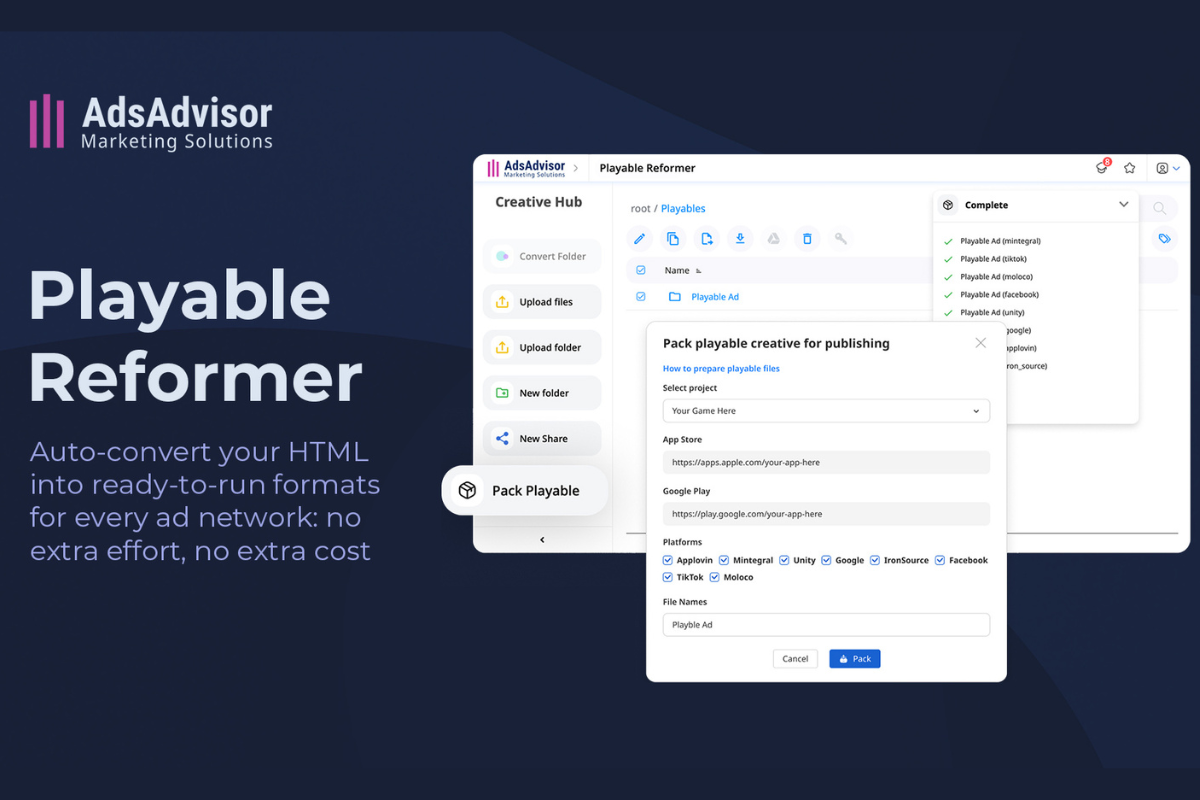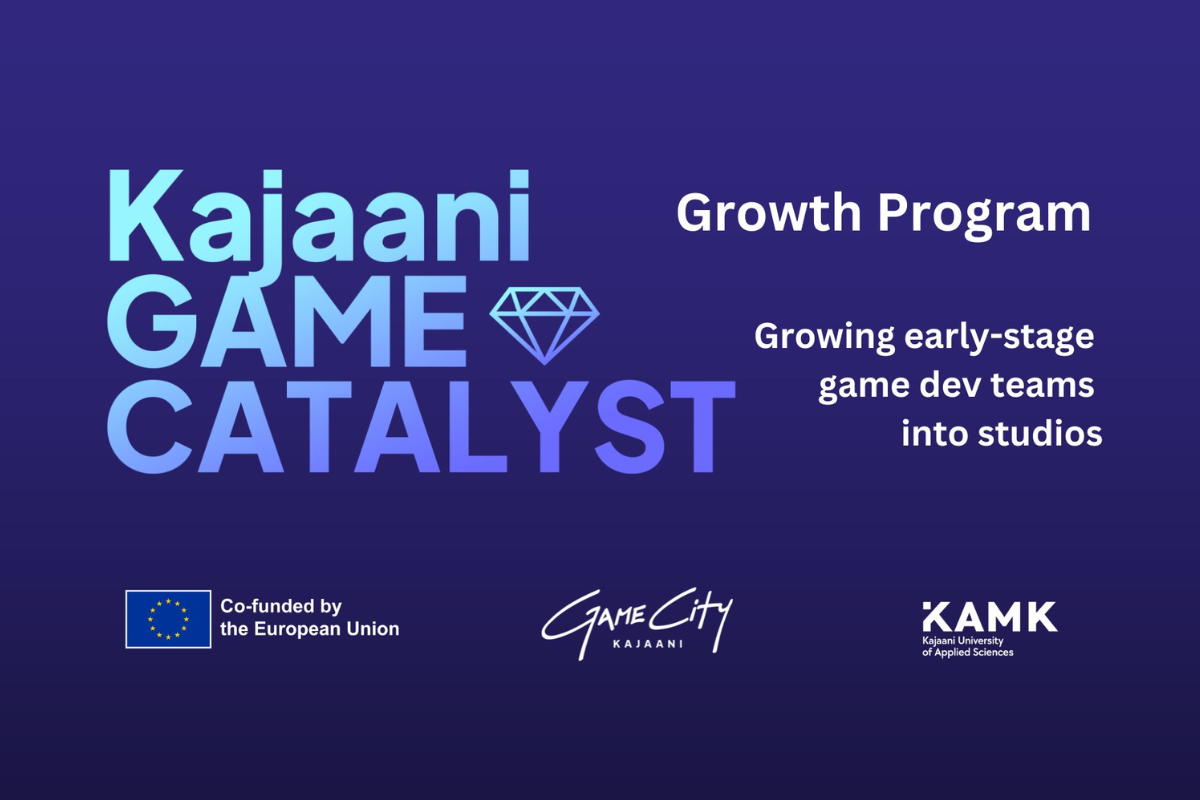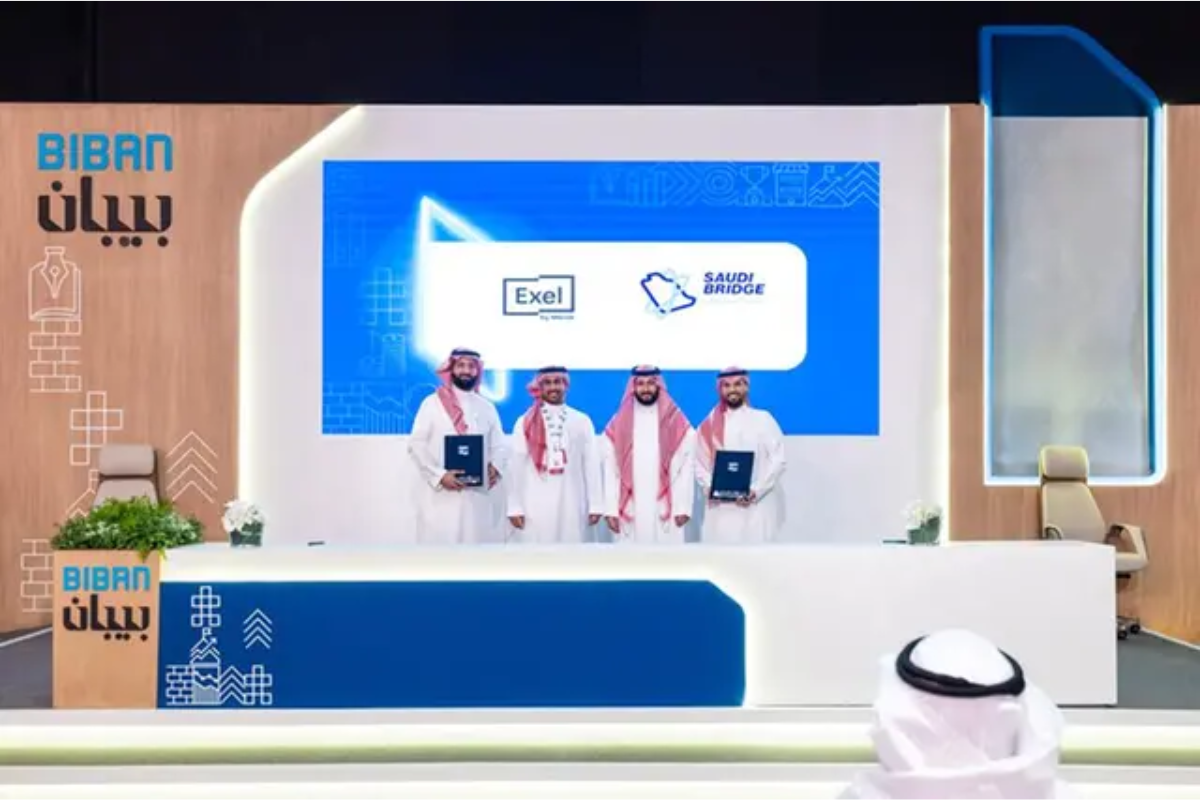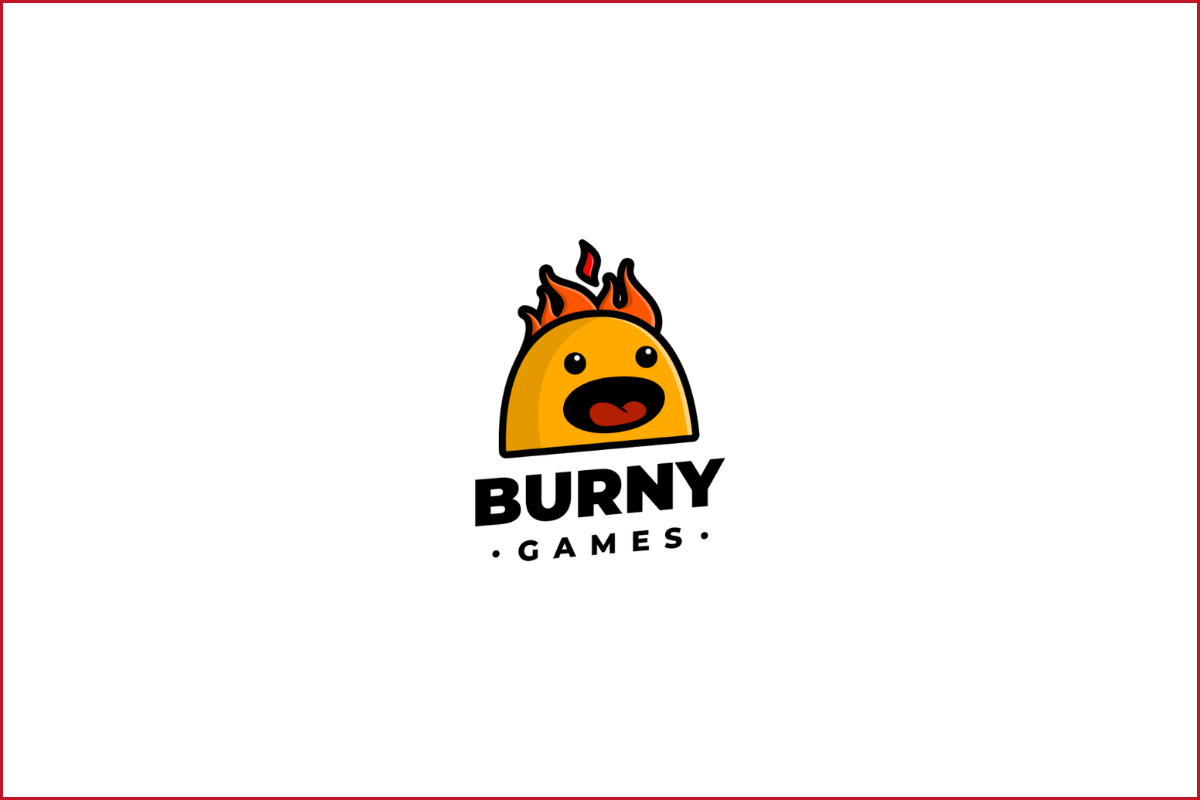With a rich digital advertising and performance marketing background, including leadership roles at ironSource and Tapjoy, Igor Melniks, SVP of Business Development, has penned an article exclusively for Mobidictum, examining how player appetite for rewards is changing the way game developers monetize.
A new era is upon us, where vast numbers of players expect to be paid to play. But does this usher in an era of tumbling revenues – or a powerfully monetising new dynamic in the player-publisher relationship?
Players have always paid to progress in mobile games. Or rather, they always used to. Whether laying down cash on IAP, or giving their time and eyes to ads, there has always been a cost.
Until now.
The era of games paying their players for completing in-game actions is well underway, and as Gen-Z emerges as the largest and richest demographic, rewarding players for giving you their time might soon become the norm.
Here we’re talking about rewarded games, which pay out currencies with real-world value to players in return for them meeting given milestones or requirements within a release, or even playing for a certain amount of time.
Yes, we’re talking about paying your players to play.
That might sound counterintuitive if you’re yet to integrate reward mechanics into your game. In reality recompensing players for their investment of effort doesn’t just lift acquisition, engagement, and retention. It can also encourage in-game spend.
Before we explore how that works – and how you can seize the gains of the rewarded model – it’s worth framing the shift in player mindset that founds this transformation of conventions. In short, today’s mobile gamers are increasingly aware of the value they present to publishers and how the likes of their ad views and hours invested in play prop up the fortunes of gaming companies.
To boldy grow
Gen-Z, currently aged between around 15 and 28, are rapidly revealing themselves as culture’s dominant demographic. At ZBD we surveyed over 2,000 of them to better understand their attitudes and impact on the world around them.
They revealed themselves to be a bold, financially savvy, ambitious group driven by value exchange. 69% are confident they will own a home in the future. 80% feel confident in managing their finances. Despite their reputation as the most digitally native generation, 82% see the importance in owning physical things. 86%, meanwhile, view cashback and loyalty rewards from brands as important. And 70% expect to earn real-world rewards from mobile games.
In that context, rewarded games are booming. Such titles have rewarding players baked into their design, paying out the likes of crypto, Amazon, and PayPal credit, or even direct cash when users complete actions.
In doing so, they create a fair value exchange that deeply resonates with Gen-Z, as well as their demographic neighbours, the millennials. The offer of rewards equally elevates acquisition, engagement, and retention, as players want to download and stay with games that reimburse their investment of time.
It’s that fairness of value exchange that can motivate their engagement with your monetisation drivers, whether happily watching ads or spending on IAP. As such, you can see the creation of a rewarded game as an investment in that reciprocal relationship.
Offering rewards recognises loyalty and offers goodwill, which speaks to vast percentages of the global mobile player base. Considering again that Gen-Z sees the likes of loyalty schemes and rewards as a standard of brand engagement, it’s inevitable that they want the same from games.
It’s also worth noting the previously mentioned taste for the physical. Because while money increasingly takes a digital form, its very real role in daily life makes it obvious as an alluring reward for Gen-Zs.
To seize the opportunity of this seachange takes understanding how this all works a little deeper.

A hirearchy of needs
All games, in essence, engage their players by meeting a number of fundamental human psychological needs, such as competence, achievement, inclusion, and freedom to be spontaneous.
When you’re seeing players’ names climb that leaderboard, or watching them thundering into a MOBA with their clan mates, beyond having fun, important needs are being met. And often, those psychological drivers equally serve as monetisation catalysts.
We can see this in examples where cosmetic purchases let players express individuality, or where battle passes that grant access to the likes of status badges and performance banners assert accomplishment. Even paying to pass a timer or other progression bottleneck can sate our need to feel competent and make progress.
Rewards take this notion of monetisation catalysts that connect with our basic psychology to the next level, while equally enshrining respect of the player. Many now perceive rewards of this kind to be the ultimate monetisation catalyst.

In meeting our need for recognition and by spotlighting ability, rewards can establish a fortuitous cycle that sees a harmonious, looping exchange of value between player and developer. At ZBD we’ve been working in the rewarded space for some time, and see very clearly that rewarded players increasingly want to invest more time and resources into games that recognise their value.
Simply put, rewards don’t just give your users a pat on the head for their time with your game. They meaningfully recognise player achievement, respect the user’s value, authentically satisfy core psychological needs, and directly incentivise spend through goodwill and acknowledging loyalty.
And in baking in rewards to your game at the point of that glorious game design document you’re currently working on, you can also start to be strategic about how the rewards and systems like IAP connect across that feedback loop, perhaps offering in-game items that – like the rewards – meet the need to sense achievement or be recognised for your accomplishments.
A race to the bottom?
It can be tempting to consider that paying our rewards with real-world currency can only undermine revenue and growth. Yet, as we’ve seen, the opposite is true. As ever, speculating to accumulate often brings the greatest gains. And today’s players care deeply about the fairness of value exchange – that is the new reality.
Rewarding players is increasingly essential if you want to recognise the realities of today’s audiences – and particularly those all-important Gen Zs. Fortunately, to embrace this movement, you won’t need to tear up the old rulebook or restart your learning from scratch. Because there’s every chance you’ve already rewarded your players. That time your game gave out some in-game currency in return for an ad view? You were practicing the fundamentals of reward strategies, and most of that knowledge will carry over.
There’s plenty of nuance to learn, and now is the time to gain the knowledge that will give you the headstart on mobile’s most significant shift in years. Have a go with a test market or an internal project that’s unlikely to be one of your key games, and you’ll find out you’re already more ready for the rewarded revolution than you might think.

SVP of Business Development





